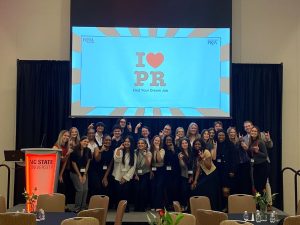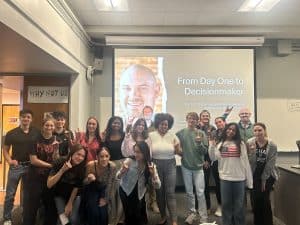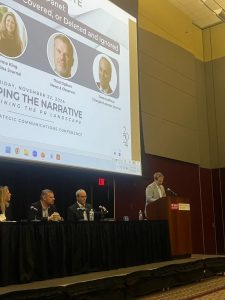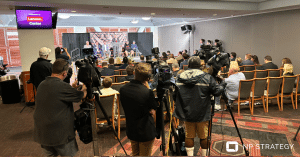Working in PR and communications often involves juggling a wide range of deliverables from social media calendars, press releases, newsletters, event materials, and more. Whether you’re part of an in-house team or working across multiple clients, content creation can start to feel like a routine.
Content burnout doesn’t always come from doing too much. Sometimes it’s the result of repetition, pressure to maintain a consistent posting cadence, or the challenge of generating fresh content for clients with fewer updates or news to incorporate. When that happens, it’s easy to feel like the initial exciting spark is gone even when the work itself is meaningful.
Here are a few ways I’ve found helpful for reconnecting with creativity when things start to feel stuck:
Make something for no one
Whether it’s a journal entry, a cool graphic, or even a rough campaign idea, removing the pressure of performance can help ideas flow more freely.
Revisit your favorites
Scroll through your saved posts or visit organizations whose content resonates with you. What makes their messaging or visuals stand out and how can you incorporate it into your work?
Shift your format
If you usually post static graphics, try a short, animated graphic or video. If you typically write long captions, try something shorter or ask a question to your audience.
Connect with creative people
Talk with your coworkers or friends and use the different perspectives and conversation to foster creativity.
Look beyond your usual feed
If you’re building content for a city, nonprofit, or economic development group, see what similarly sized communities or like-minded organizations are doing and talking about.
You’re not out of ideas! You’re probably just due for a reset. Even when the work feels routine, the ability to bring new energy to familiar stories is a skill. Give yourself space to approach things differently and you might be surprised by what comes out when you do.





